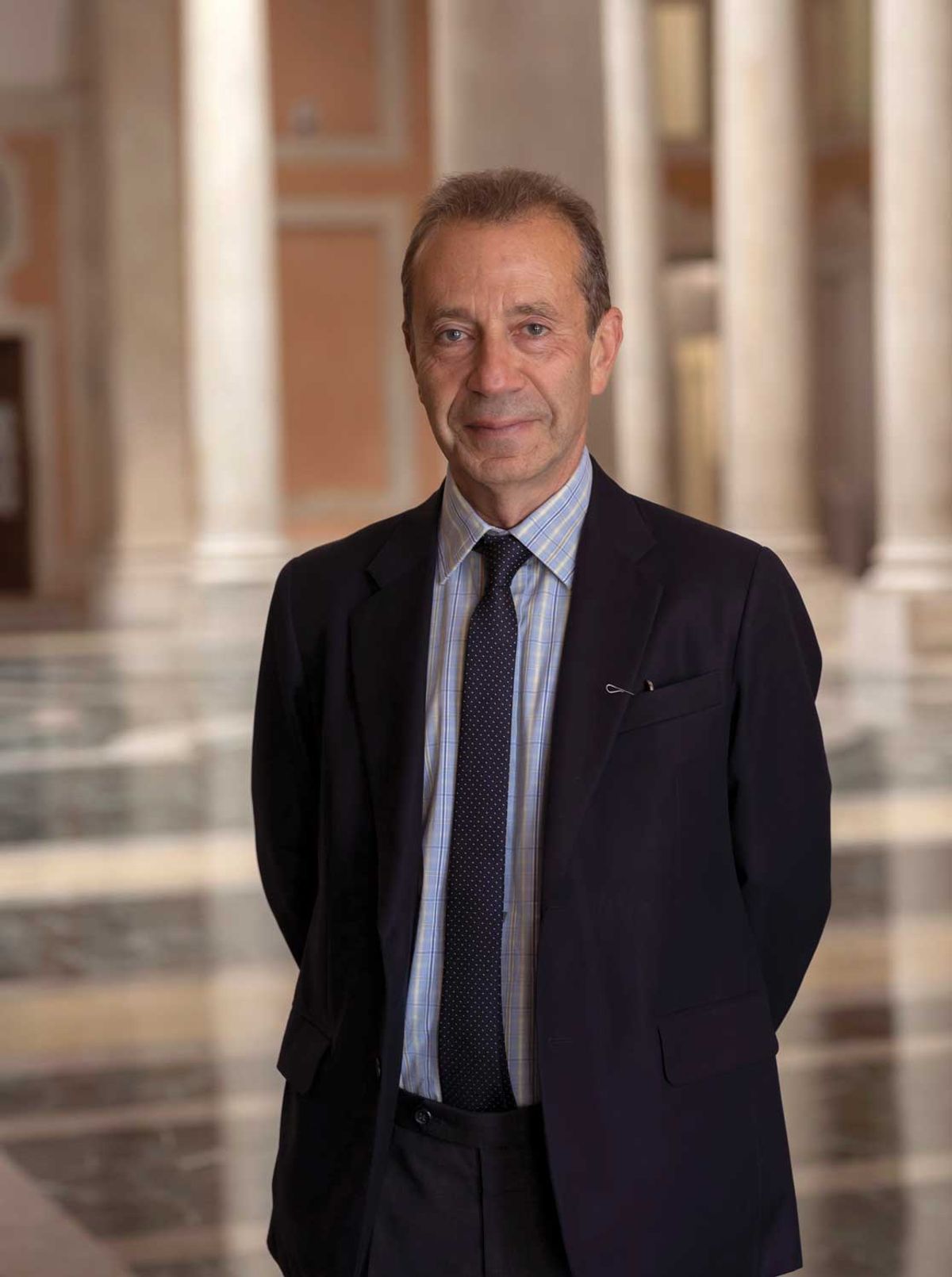If you could live with just one work of art, what would it be?
I’d choose Berthe Morisot with a Bouquet of Violets by Édouard Manet, because it’s the most beautiful homage ever paid by a male artist to a young woman who wanted to be recognised as a painter in her own right, at a time such an idea was still revolutionary. Only recently has she gained the recognition she deserves, on an equal footing with the famous Impressionist painters. It’s a small painting you can live with; you could even imagine it becoming a travel companion.
Which cultural experience changed the way you see the world?
Apart from digitising the collections of the French national library at an industrial scale, I’d mention my endeavour to create a branch of the Centre Pompidou in Asia between 2000 and 2007. Discussing such a project in Hong Kong, then enjoying full freedom, in Shanghai, where the municipality had proposed an outstanding location in the former French Concession, or in Singapore, made me experience physically the shift in the world’s centre of gravity.
Which writer or poet do you return to?
If I had to select a single name, which is unfair, I’d probably mention [the French writer François-René de] Chateaubriand. His Memoirs from Beyond the Grave, which can be read in small pieces, is one of the most moving works ever written on the passing of time and the power of literature over death, as well as a fascinating account of an extraordinary period of European history. Among the poets, Apollinaire, especially when he strikes a melancholy chord, makes me feel the same.
What music or other audio do you listen to as you work?
I never do that, because the music I love can’t be just an accompaniment of my work.
What are you watching, listening to or following that you would recommend?
Because of the pandemic, I watched a lot of TV series. I realised that the series in general, watched by dozens of millions of people at the same time, had become the artistic genre of the globalised world. Game of Thrones in particular, blending all sorts of cultural references, spoke of weapons of mass destruction, of illusory boundaries against migrations, of climate change.
What is art for?
I don’t believe art can change the world, but we must behave and act as if it were true.
• Pierre Huyghe: Liminal opens at Punta della Dogana and Julie Mehretu: Ensemble at Palazzo Grassi, Venice, both on 17 March


